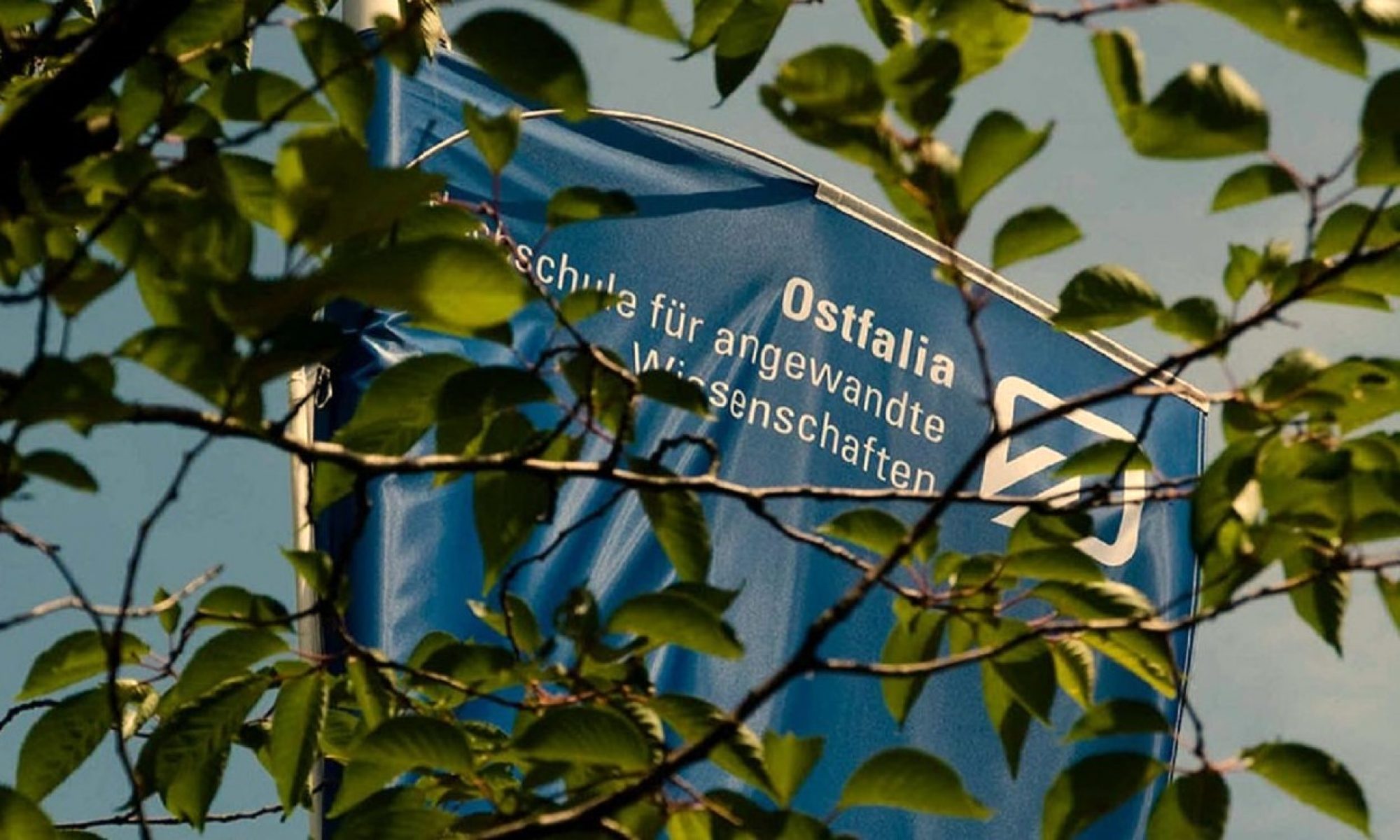Salim Mohamed Salim
s.salim@qmul.ac.uk
School of Engineering and Materials Science, Queen Mary University of London
Abstract
The author previously discussed the benefits of integrating real-world engineering applications into mathematics instruction for STEM students (Salim, 2022). The motivation stemmed from research by Burdman (2022), that identified disengagement in traditional calculus courses as a key barrier to completing engineering degrees in the U.S. The paper listed examples of interdisciplinary content in engineering mathematics and highlighted improvements in student learning and performance.
Traditional mathematics teaching often progresses linearly – starting with foundational concepts before advancing to complex material. This mirrors core textbook structures which may fail to engage students and adequately prepare them for latter courses. Therefore, this paper outlines a different approach where the order of the taught material is reversed. The revised course begins with Differential Equations before introducing the foundational topics as supporting tools for solving complex engineering problems.
The first lesson opens with a relatable engineering problem using a physical teaching prop (a Hooke’s Law apparatus) to engage students and highlight the interplay between mathematics and the physical world. By tackling a larger challenge first, the aim is to encourage students to appreciate the relevance of the mathematical tools and concepts they are learning.
Earlier research (e.g. Deakin, 2006) and the author’s reflections suggest students value content more when they see its connection to real-life applications. Student feedback and performance improved compared to the previous cohorts.
Keywords
Engineering Mathematics, Real-life Applications, Complex Problems, Interdisciplinary Learning.
References
Burdman, P. (2022) To Keep Students in STEM Fields, Let’s Weed Out the Weed-Out Math Classes. Available at: https://www.scientificamerican.com/article/to-keep-students-in-stemfields-lets-weed-out-the-weed-out-math-classes
Deakin, M. (2006) ‘Research-led teaching: valuing the link between teaching and research’, Journal for Education in the Built Environment, 1(1), pp. 73–93.
Salim, S.M. (2022) ‘Active learning in mathematics for STEM: real-life engineering applications’, SEFI 50th Annual Conference of the European Society for Engineering Education, September.
